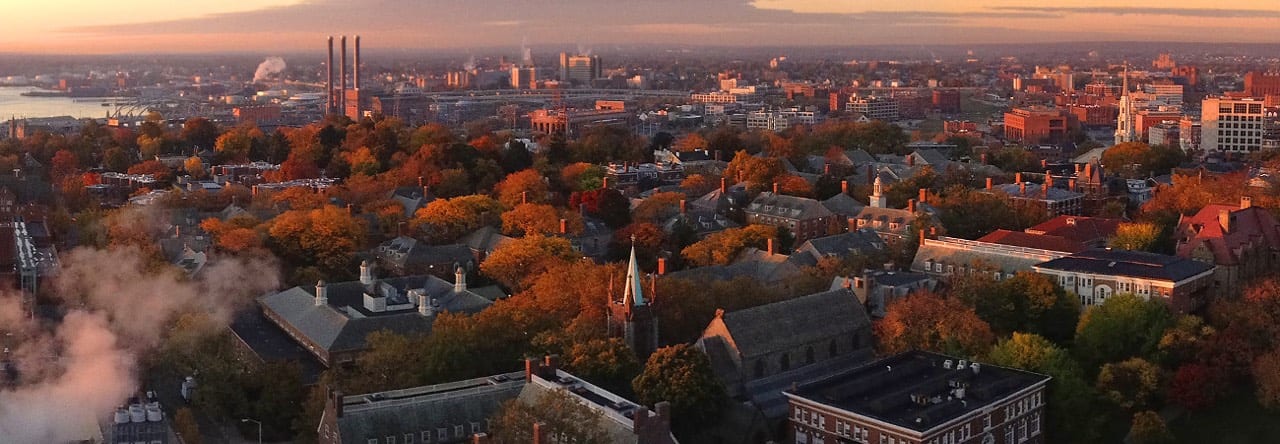This post is a student contribution from Claudia Moser’s class ARCH 1764: 25 Things! 250 Years of Brown’s Material Past
As part of the kickoff for the celebration of its semi-quincentennial (yes, that’s 250th) celebration, Brown University invited back a number of its famous alumni to discuss their professions, worldviews, and experiences as undergrads. One of these distinguished alumni was Secretary of Labor Thomas E. Perez ’83, who delivered the keynote address for the Opening Celebration. In addition to Perez’s academic achievements – a graduate of Harvard Law School and the Kennedy School of Government – he served as Deputy Assistant Attorney General for Civil Rights under then-Attorney General Janet Reno, worked for Senator Ted Kennedy and also served as Assistant Attorney General. Perez has a unique background for the Secretary of Labor as many of the previous secretaries have experience as economists as opposed to Perez’s primary field of expertise, civil rights law.
His unique pathway to President Obama’s cabinet, as he explained, was underscored by a desire to improve the situation of the every day American, a position supported by his recent efforts to increase the federal minimum wage and improve the growing income disparity in the United States. Perez alluded to his own upbringing in Buffalo, NY, where he was the youngest of five children and was raised by a single mother and his siblings after the age of 12 in the context of improving American’s lives. Speaking about his friend’s father, who served as a type of surrogate father, the Secretary of Labor reflected on the difficulty of seeing his role model, a man who had not attained his high school diploma, contend with rising costs of living and contending with the difficulties of life for many ‘working poor’ Americans. Perez, referencing meetings with the executives of companies like Costco, Boeing and Gap and the rhetoric of Henry Ford, asserted that lifting Americans from the situation of that of his surrogate father is an economically and morally sound decision. He said that people should not have to choose between medicine for their children or paying the utilities, and supported his belief that it is his duty to ensure that Americans do not have to make these unsolvable decisions.
I was fortunate enough to also see Secretary Perez in a more intimate setting as he spoke to a small group following his keynote address. His engaging manner and extreme passion for improving the lot of all Americans was even more tangible in the close quarters of the room. Perez referenced an email exchange with Katherine Hackett, a woman from Connecticut who counted herself as one of 3.9 million long-term unemployed Americans and recently introduced President Obama at the White House, in describing how the emotive and stories of other Americans inspires him every day in his job. For the Secretary of Labor to keep a single email exchange with him shows that Perez truly and deeply cares about the plight of every single American. He referred to toleration as something that one had for ‘brussel sprouts’, not for the unenviable situation of many Americans today. Perez credited his Brown education, as for all Brown graduates, as a tool to make a difference in the world and rise above just tolerating the injustices and inequalities that currently exist. As Mrs. Hackett also wrote about her long-standing search for a job, “keep seeking the small victories” as these will lead to the larger changes that you seek in the world.



